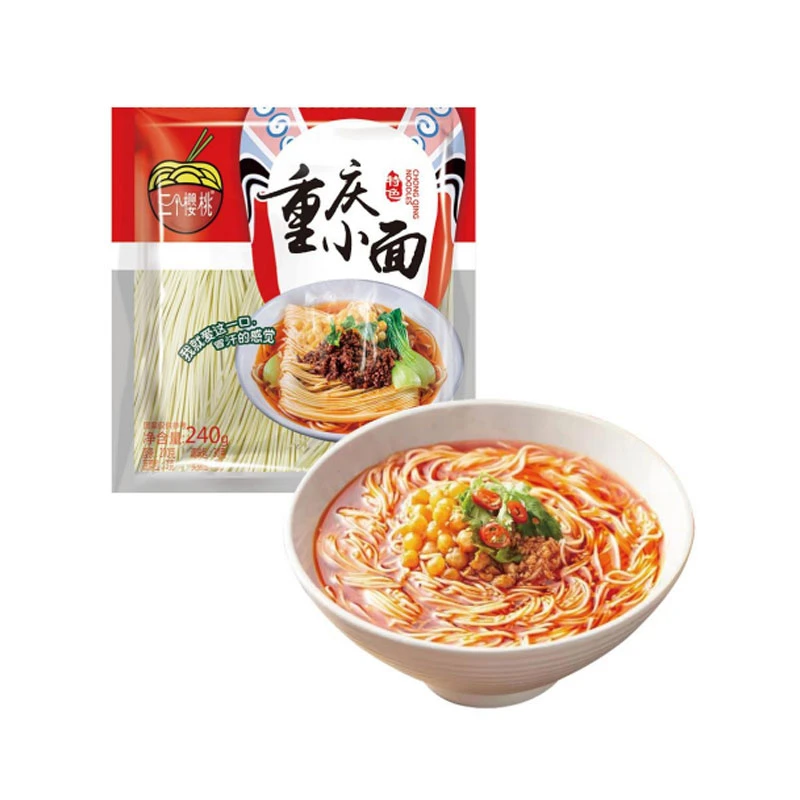instant noodles for diabetes
Instant Noodles and Diabetes A Closer Look
In today's fast-paced world, convenience foods such as instant noodles have gained immense popularity. They are quick to prepare, inexpensive, and widely available, making them a staple in many households. However, if you have diabetes or are at risk of developing it, it's crucial to understand how instant noodles can affect your health. This article will explore the nutritional aspects of instant noodles and offer guidance for those managing diabetes.
The Nutritional Profile of Instant Noodles
Instant noodles are predominantly made from refined wheat flour, which is stripped of most of its nutrients during processing. As a result, they are low in fiber, vitamins, and minerals. Additionally, many brands of instant noodles come with flavor packets that are often high in sodium, unhealthy fats, and preservatives. These aspects make instant noodles a less-than-ideal food choice for individuals, particularly those with diabetes.
Glycemic Index and Blood Sugar Spikes
One of the primary concerns regarding instant noodles is their glycemic index (GI). The GI measures how quickly a carbohydrate-containing food raises blood glucose levels. Foods with a high GI are often detrimental to individuals with diabetes as they can cause rapid spikes in blood sugar.
Instant noodles typically have a high GI due to their refined nature. Consuming them can lead to an immediate surge in glucose levels, followed by a crash that might leave you feeling fatigued and hungry soon after. This pattern can complicate blood sugar management, making it essential to approach instant noodles with caution.
Balancing Your Meal
instant noodles for diabetes

Although it's best to consume instant noodles sparingly, there are ways to make them a more diabetes-friendly option. One effective strategy is to balance your meal by adding protein, healthy fats, and fiber. Here are some tips on how to enhance your instant noodle dish
1. Add Veggies Incorporating a variety of vegetables such as spinach, bell peppers, broccoli, or carrots can increase the fiber content of your meal. Fiber slows down the digestion and absorption of carbohydrates, which helps stabilize blood sugar levels.
2. Include Protein Adding protein sources like chicken, tofu, or eggs can also help moderate blood sugar spikes. Protein takes longer to digest, helping you feel fuller for a more extended period and potentially reducing your overall carbohydrate intake.
3. Opt for Whole Grain Some brands now offer whole grain or higher-fiber instant noodles. Choosing these options can provide better nutritional value and a lower glycemic response.
4. Watch the Sodium Many instant noodles are loaded with sodium due to flavoring agents in the included seasoning packets. High sodium intake can lead to elevated blood pressure, an additional risk factor for people with diabetes. Consider using only half of the seasoning packet or creating your homemade seasoning.
5. Portion Control Paying attention to portion sizes can help manage the glycemic impact. A smaller serving along with nutrient-dense additions can make the meal more manageable for your blood sugar levels.
Conclusion
While instant noodles offer convenience, their nutritional shortcomings and high glycemic index make them a challenging choice for individuals with diabetes. However, by making mindful adjustments and incorporating healthier ingredients, it's possible to include them in your diet occasionally without significantly impacting blood sugar levels. Ultimately, maintaining a balanced diet with a focus on whole foods, vegetables, and lean proteins is key to managing diabetes effectively. Always consult with a healthcare professional or registered dietitian for personalized advice tailored to your specific needs and conditions.
-
Unlock the Delicious Potential of Yam NoodlesNewsAug.11,2025
-
The Authentic Taste of Lanzhou NoodlesNewsAug.11,2025
-
Savor the Art of Hand Pulled NoodlesNewsAug.11,2025
-
Indulge in the Timeless Delight of Spaghetti BologneseNewsAug.11,2025
-
Indulge in the Rich Flavor of Braised Beef NoodlesNewsAug.11,2025
-
Elevate Your Meals with the Magic of Fresh PastaNewsAug.11,2025
-
Unleash Your Inner Chef with Delectable Italian Pasta CreationsNewsAug.01,2025
Browse qua the following product new the we

















































































































